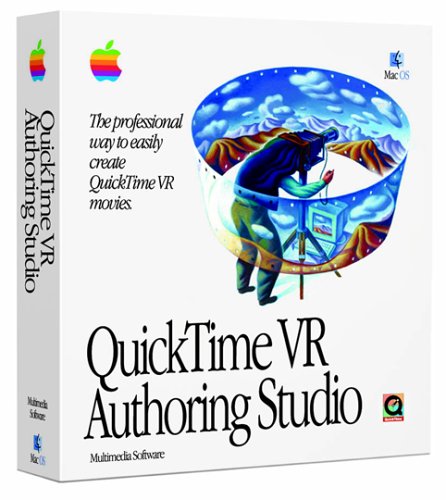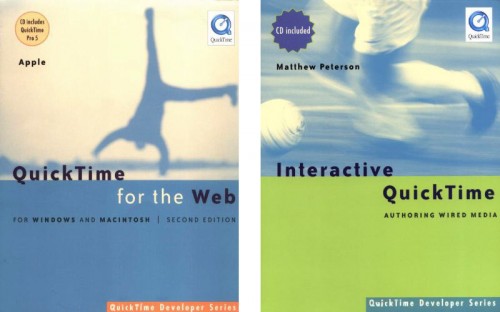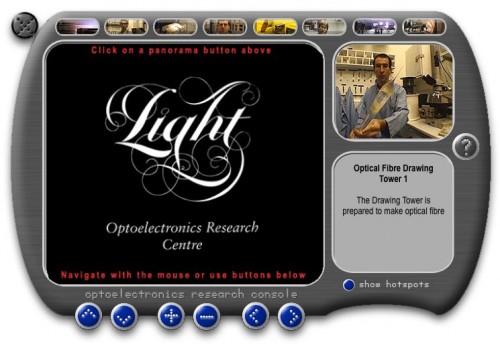I am writing this In Memoriam to Jazz at The Oxford, my local jazz club in Kentish Town, London. It happened on a Monday (when nothing happens) upstairs at a local pub for 12 years and was like having Ronnie Scott’s just down the road, but much cheaper, more relaxed and more personal. It was run by George Crowley, an excellent saxophonist in his own right, often playing with the guests and of course when the guests couldn’t make it.
While it started off as often too full of student alumni, it only cost £5 and every so often someone of the calibre of Shabaka Hutchings would turn up. Great nights included someone transporting a full size Hammond organ up the stairs, big bands such as Crocodile outnumbering the audience and of course musicians of the quality of Jeff Williams, Laura Jurd, Martyn Speake and Kit Downes. I will be missing this…on occasional Fridays some of these musicians may appear at the Con Cellar Bar aka The Constitution on the canal in Camden.
Meanwhile the amazing Cafe Oto in Dalston, now the UK home of Sun Ra, continues to plough its unique furrow through nearly any kind of modern music as inspired by Wire magazine. A staggering number of amazing concerts with the cream of British avant garde jazz as well as luminaries from many international genres.
The sackcloth backdrop which looks like a temporary rebuilding memento is still there as is the relaxed and concentrated vibe which draws in performers as varied as The Necks, Annette Peacock, Jimi Tenor, Marc Ribot and The Thing. There is no stage, we are one. Just so you know – I’m a Member!
Across the road is one of London’s most famous and established jazz clubs, The Vortex.
While presenting an excellent cross section of soul and avant garde jazz, I have always found the room a little bit too concrete and dry after it moved from its original location, a funky, wooden and crazy place in Stoke Newington Church Street, which for a few years until 2004 was definitely the best jazz venue in London. Thank you Billy Jenkins for some great nights there. Also of note is the funky Servant Jazz Quarters round the corner. Meanwhile just south of the River, an important new improvised venue opened recently called iklectik, set in hidden arty gardens in Lambeth and I would recommend discovering the Horse Party. Just don’t tell the Archbishop.
This article is also inspired by a recent visit to the venerable Jazz Cafe, just off Camden High Street. After becoming one of the key venues for New British Jazz in the late 80s, the tiny L shaped wine bar in Stoke Newington Green expanded to a large venue in Camden and has recently been refurbished as a full on night club, featuring jazz. The main floor is open with a restaurant of sorts on the balcony and this works well for funkier outfits, such as Bill Evans who I saw there only this week. Seen some great gigs here such as the Paul Motion Trio (see above), Nils Petter Molvaer and Pharaoh Saunders.
Talking of L shaped rooms the L in the Flim Flam venue at Ryans Bar, again in Stoke Newington Church Street, has been removed after refurbishment. This venue is run by Alan Wilkinson, a free sax improviser of long standing and on Wednesdays presents the best of improvised music with an eclectic lineup of the famous and crazy in nearly equal measures.
For more varied musical fare there is the Fiddlers Elbow just outside the Camden Market tourist trap area, presenting live music every night. The main pub room is kinda pentagonal, with a dance floor.
A mention for a few others such as the 606 in Chelsea, allegedly a members supper club, but which presents British jazz and soul in an atmospheric candle-lit cellar. In Soho there is Pizza Express and of course the famous Ronnie Scott’s, both also a bit supper club these days. Ronnie’s does attract some outstanding acts, often American, due to being established over 50 years ago by a very funny and excellent saxophone player. Great nights here have included Art Pepper, Airto, Stacey Kent and of course Nina Simone. Also recommended in Central London is the celebrated 100 Club in Oxford Street, still surviving after many years. Vividly remember gurning at Slim Gaillard here for a couple of hours and grooving to the late Tommy Chase Quartet.
A good standby in town is the Ain’t Nothin But Blues Bar in Kingly Street, which does what it says on the tin 7 nights a week. Further East is the Village Underground, a cavernous venue under huge railway arches for Shoreditch hipsters who don’t like sitting down. Primarily a dance/pop venue it occasionally features jazz acts such as Snarky Puppy. The nearby Rich Mix in Bethnal Green has a more varied World music programme, but I am pleased to see James Blood Ulmer is appearing there soon, last seen at Cafe Oto.
Finally a big favourite is Boat-Ting, allegedly London’s hottest new music and poetry club, although after 14 years it’s not that new. Hosted by livewire Sybil Madrigal it regularly features NEW – with Britains best drummer, Steve Noble, powerhouse double bassist John Edwards and the virtuoso guitarist Alex Ward. Best of all this is a jazz club on a boat on the Thames, feel the waves like nowhere else..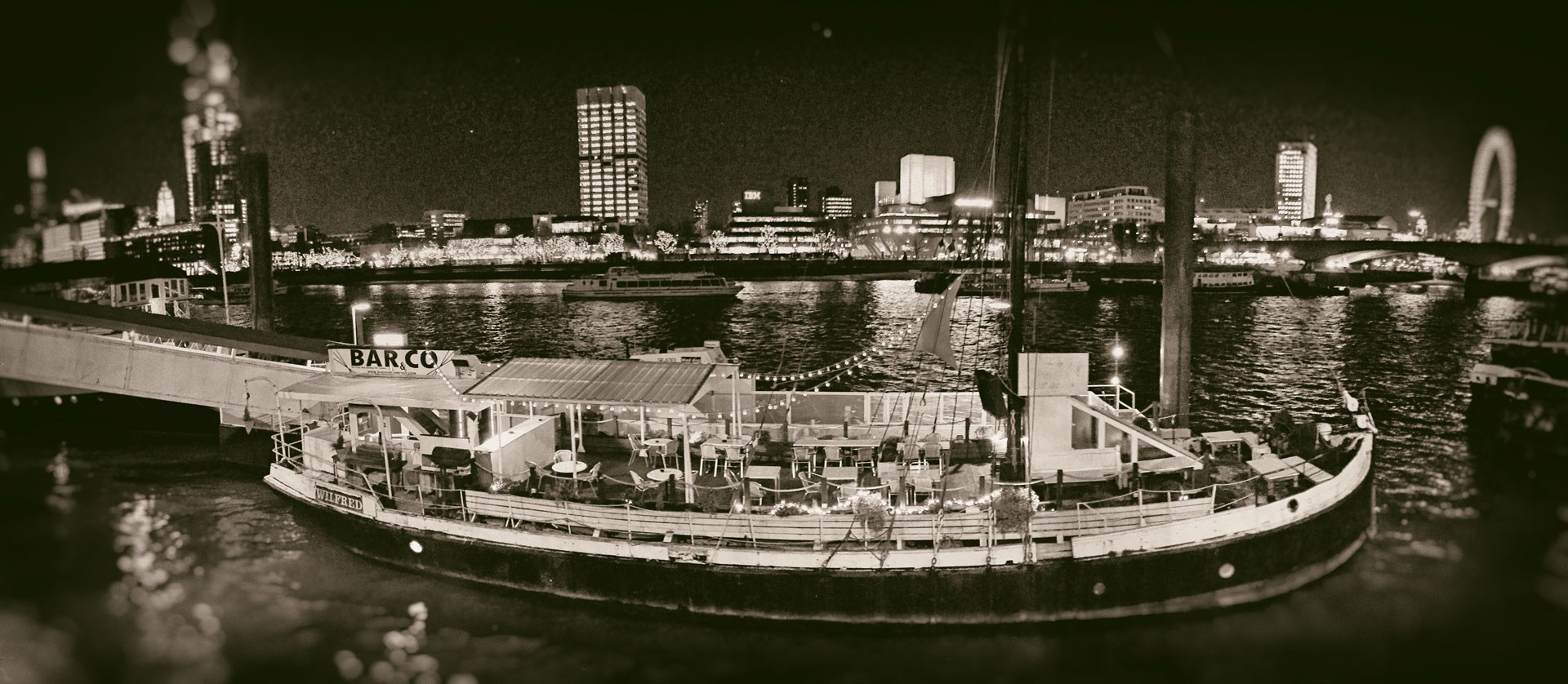
So where else in the world could I stand 3 feet away from a world class musician on a regular basis? Answers on a postcard, maybe from New York.
Nearly all these places are dirty, cheap, relaxed, and half full some of the time.
You can find some more proper pics of some of these places at Z360 Live Music
Flim Flam, Ryans Bar Stoke Newington
Boat-Ting, Embankment The Thames
R.I.P. The Bull and Gate, Kentish Town. The Spitz, Spitalfields. The 12 Bar Club, Tin Pan Alley Denmark Street. The Red Rose, Finsbury Park. The Adelaide, Belsize Park. The Mean Fiddler, Harlesden. The original Marquee, Wardour Street Soho. The Moonlight aka Klooks Kleek, West Hampstead.
And don’t forget The Klinker wherever it is…
Update February 2019
Jazz is now back on upstairs at The Oxford, Kentish Town. George Crowley is no longer running the evening, but he was featured there recently and it was a great pleasure to see him destroying the “standard” he was requested to play.


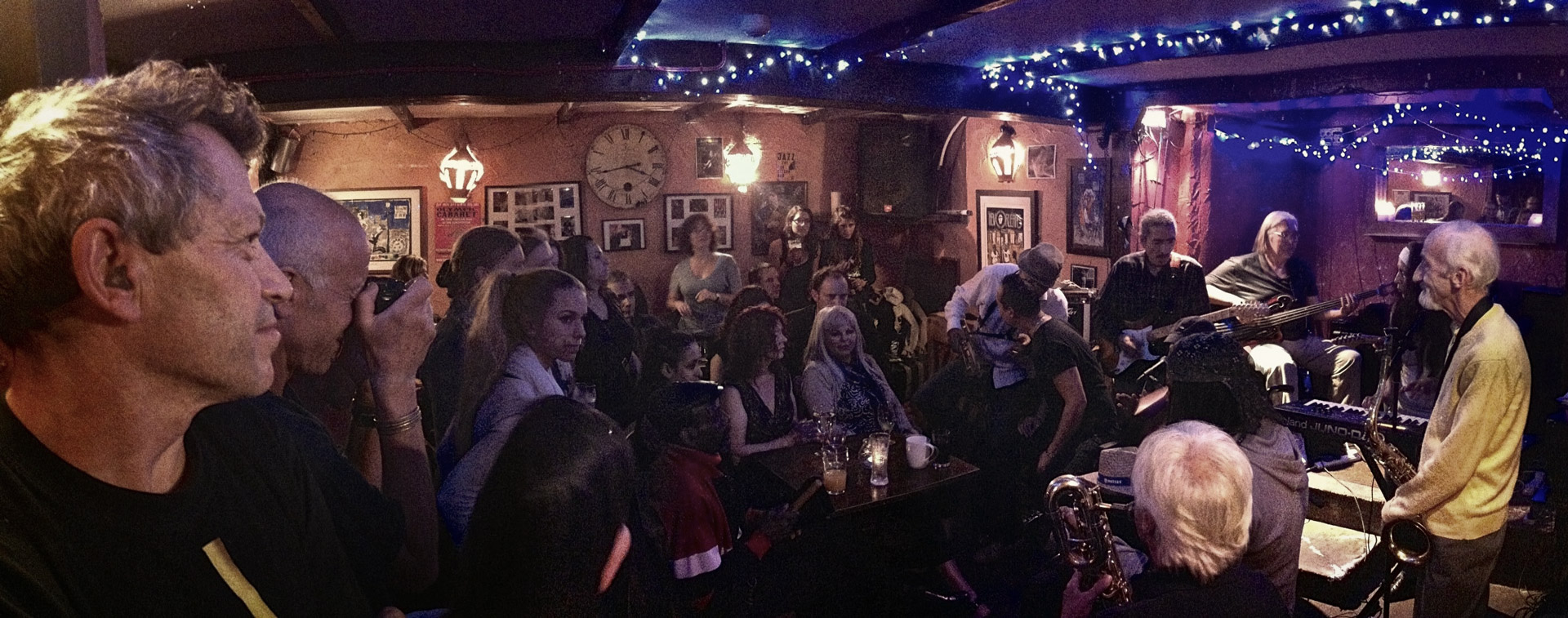

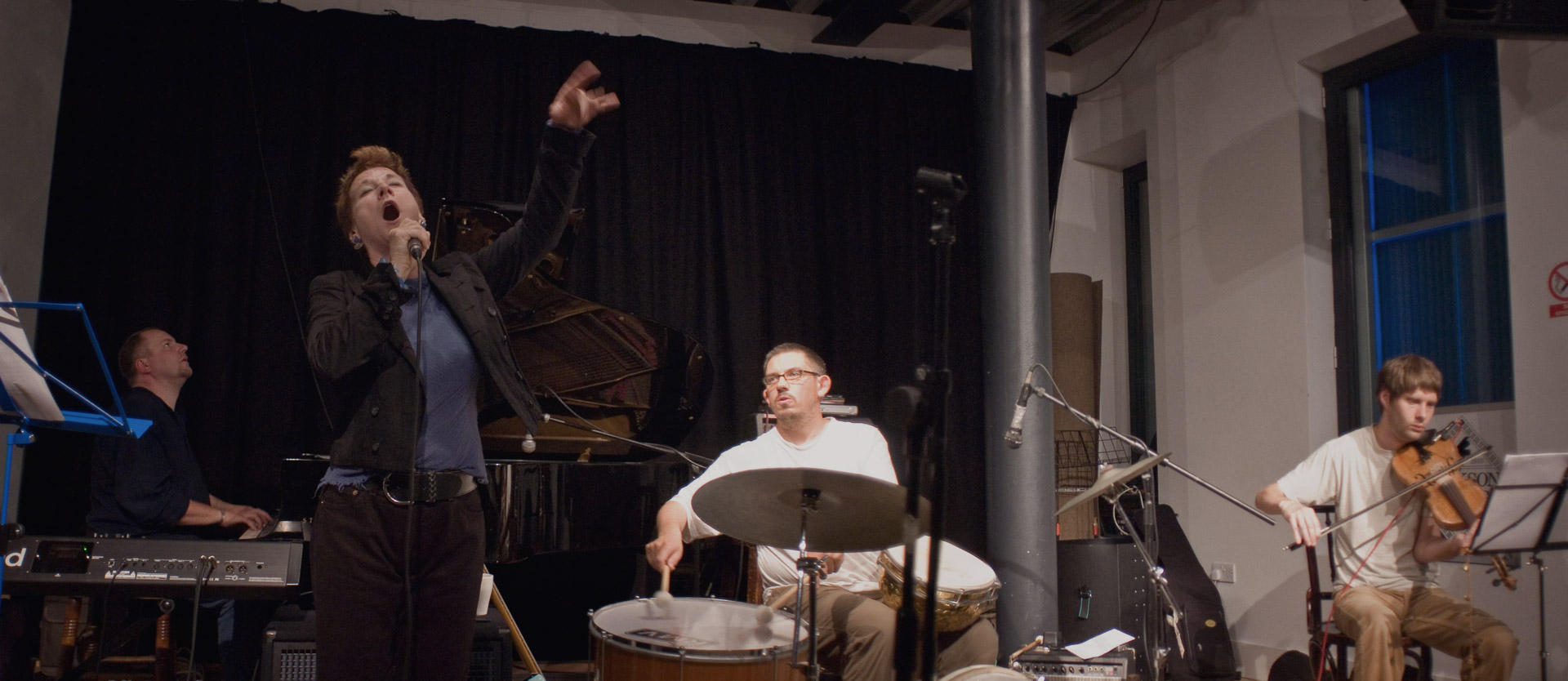
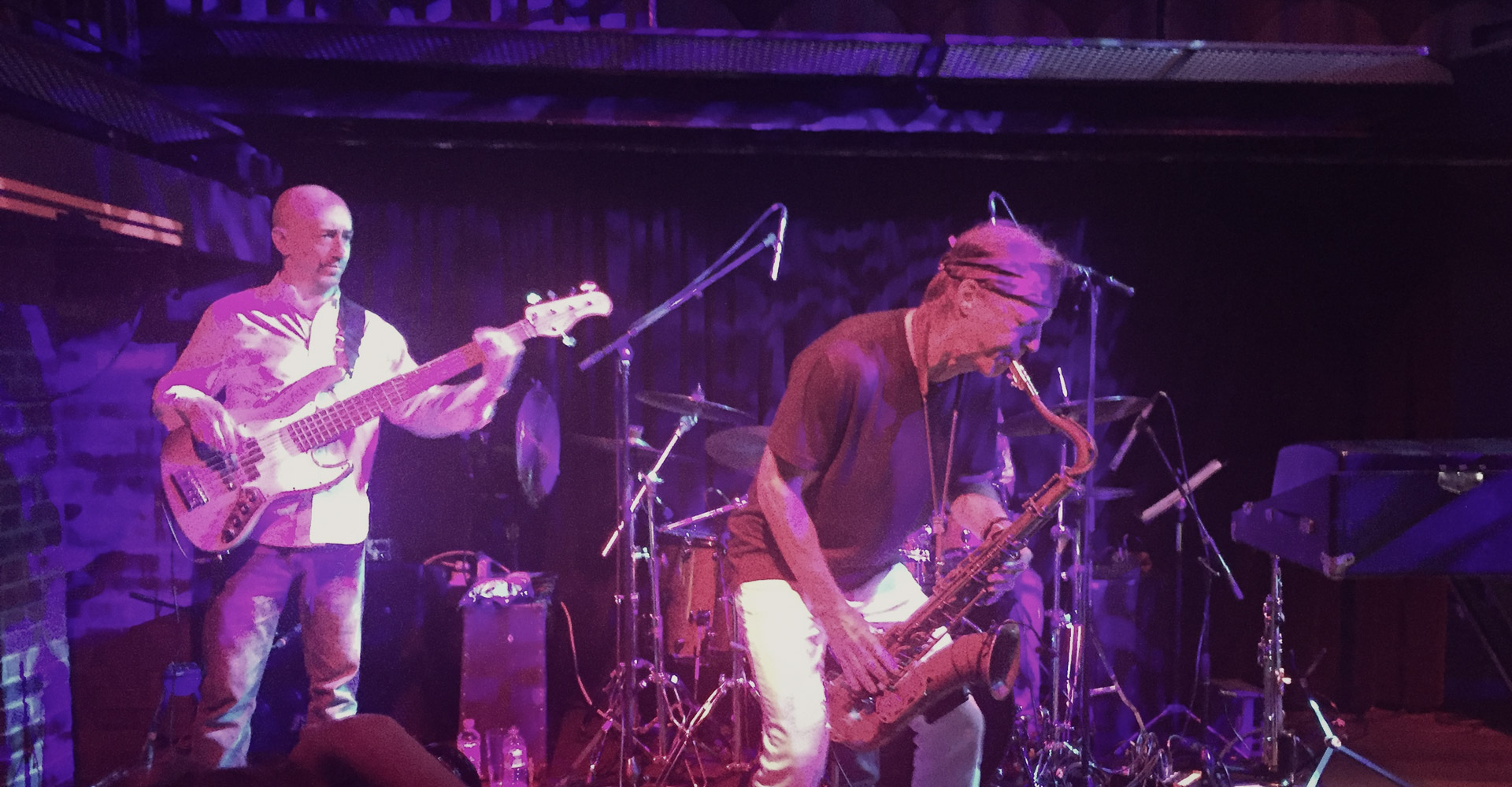
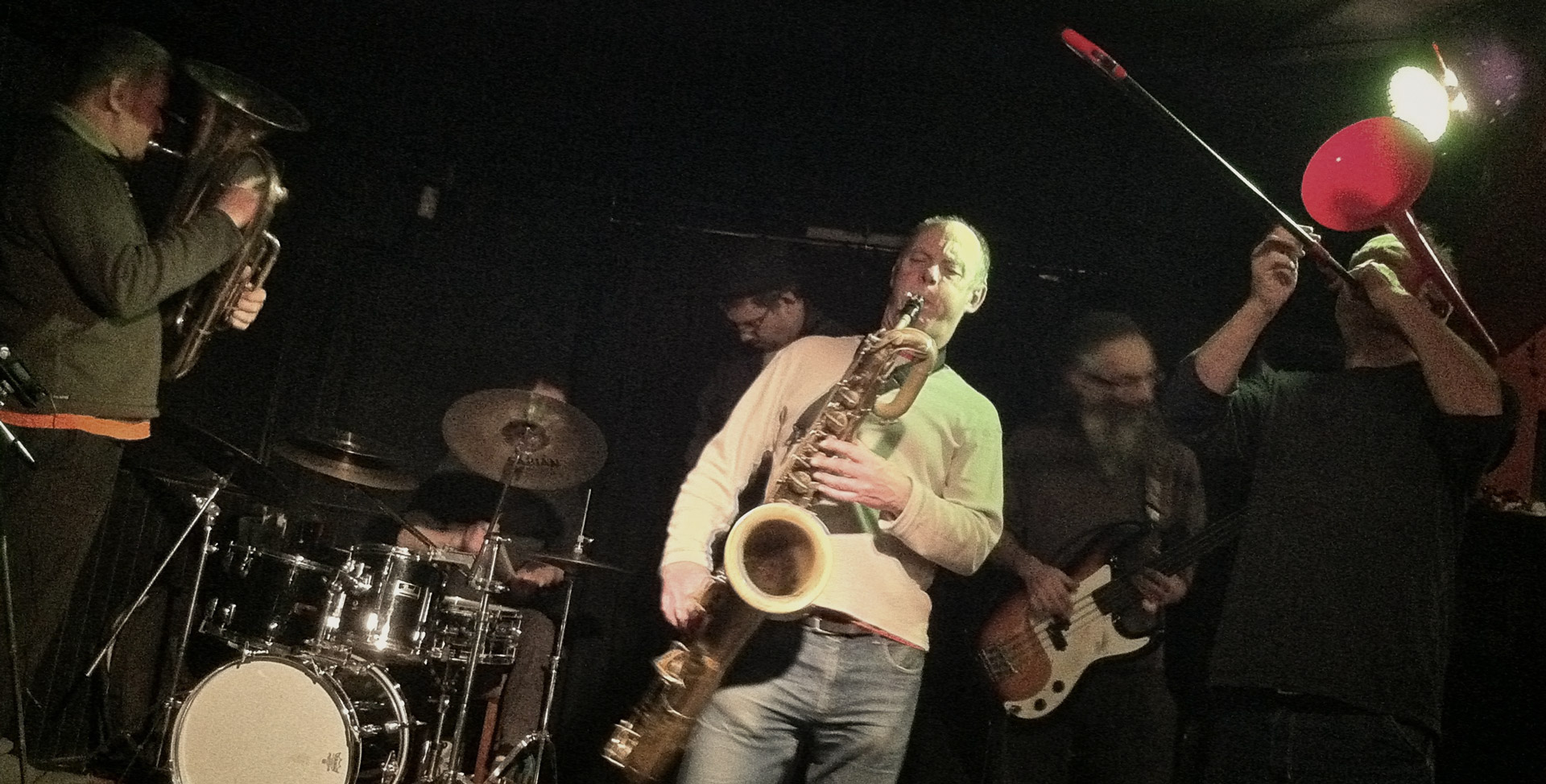



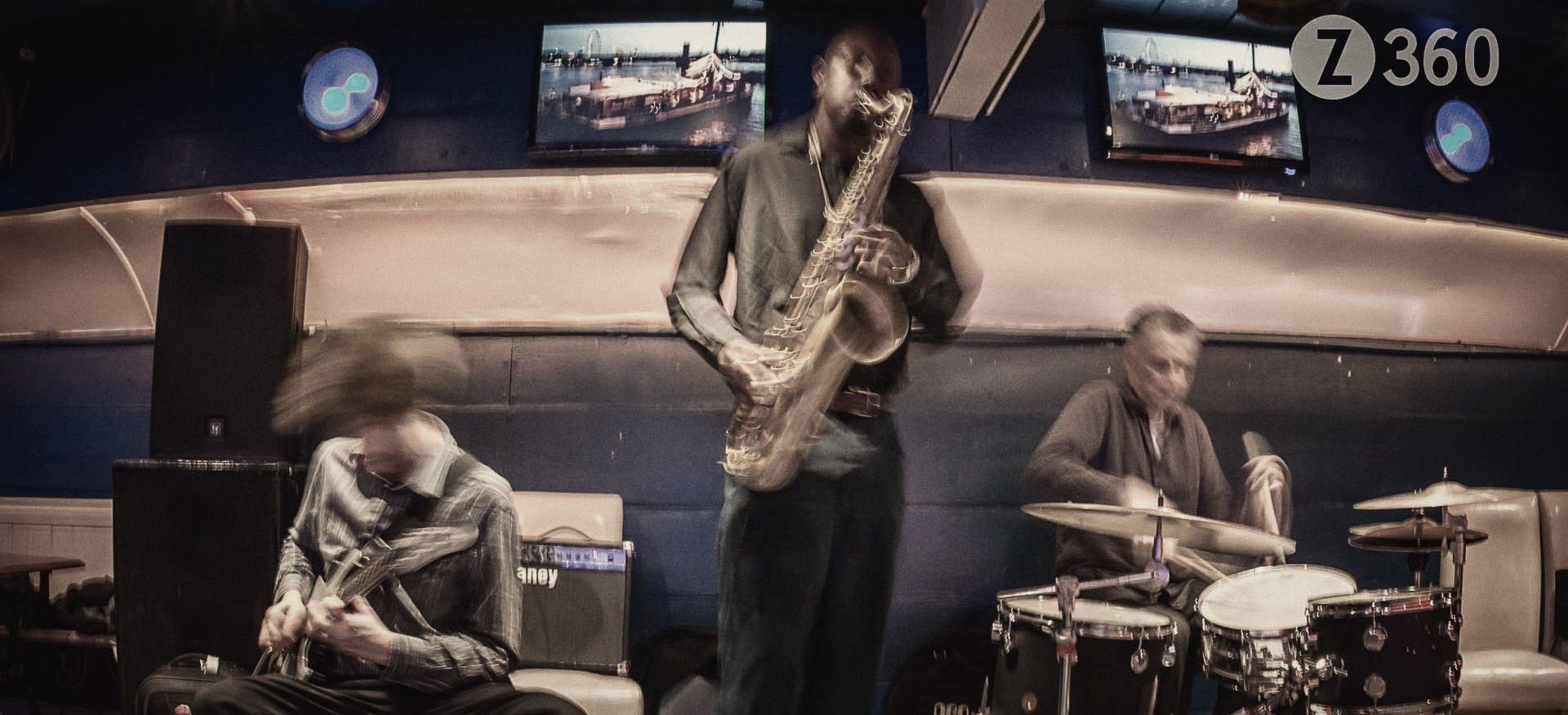
 So the Player was free, but to make this interactive multimedia you required the QuickTime VR Authoring Tools Suite which comprised of 2 huge binders, a video and lots of floppy discs. There was no GUI (graphical user interface), you had to write code in MPW 3.2 (Macintosh Programmer’s Workshop) and use Hyper Card and ResEdit. This Tools Suite cost $2,000 and could only run on a $4,000 Apple computer. Despite regular crashes (normal in those days) and a long learning curve, it all
So the Player was free, but to make this interactive multimedia you required the QuickTime VR Authoring Tools Suite which comprised of 2 huge binders, a video and lots of floppy discs. There was no GUI (graphical user interface), you had to write code in MPW 3.2 (Macintosh Programmer’s Workshop) and use Hyper Card and ResEdit. This Tools Suite cost $2,000 and could only run on a $4,000 Apple computer. Despite regular crashes (normal in those days) and a long learning curve, it all 
